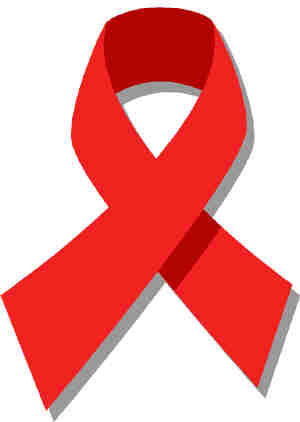
AT the turn of the millennium in 2000, the United Nations (UN) held the Millennium Summit where the all 193 UN member states, including Zimbabwe, officially adopted eight millenium development goals (MDGs) — eradicating extreme poverty and hunger, achieving universal primary education, promoting gender equality and empowering women, reducing child mortality rates, improving maternal health, combating HIV and Aids and malaria, ensuring environmental sustainability and developing a global partnership for development — to be realised by 2015.
REPORT BY PHILLIP CHIDAVAENZI
There are now about 18 months before the target year rolls in and, taking stock of the ground covered so far and what remains to be done, gives a disappointing result. A progress report released last week show that the country is way off target.
Goal 1, to eradicate extreme poverty and hunger, is unlikely to be achieved by 2015. The population of people living under the total consumption poverty line slightly increased from 55% in 1995 to 72,3% in 2011. This was a 17% jump in 16 years.
There was also a commitment to achieve universal primary education in Goal 2, whose main target is to ensure that by 2015, all children in the country, regardless of their gender, would be able to complete a full programme of primary education. Enrolment increased slightly from 96,9% in 2005 to 97,7% in 2009 before retrogressing to 81.4% in 2011. In 2006, the proportion rate of pupils who completed primary education was pegged at 68,2% and rose to 82,4% by 2009.
Literacy rates among the 15–24 years age group shot up from 91% in 2009 to 99% in 2011.
The current status, according to the 2012 MDGs progress report launched in Harare recently, is that the target is likely to be achieved.
Promoting gender equality and empowering women, as espoused in Goal 3, is likely to be fulfilled in part by 2015.
- Chamisa under fire over US$120K donation
- Mavhunga puts DeMbare into Chibuku quarterfinals
- Pension funds bet on Cabora Bassa oilfields
- Councils defy govt fire tender directive
Keep Reading
Gender parity in enrolment and completion rates has been achieved at primary and secondary school, giving hope gender disparity would have been eliminated by 2015.
At the political level, however, the proportion of seats held by women in Parliament (14% in the House of Assembly and 24% in the Senate) has remained static since 2008.
Between 2004 and 2011, percentage share of women at managerial level in the private sector only moved from 17% to 21% while in the civil service was less than 35% by 2012.
Goal 4 calls for the reduction of child mortality. Mortality rates for infants and children under five years have slightly improved over the past decade, but still remain far from the 2015.
According to the MDGs progress report, the infant mortality rate decreased marginally, from 65/1 000 in 1999 to 57/1 000 in 2011 while the under-five mortality rate currently sits at 84/1 000 against a target of 34/1000.
“While the current number is a stark improvement from 102 per 1 000 of 1999, it is only a slight increase from 2005/06 when 82 per 1000 children died before reaching the age of five,” reads the report in part. “This is far off the desired target of 34/1 000 by year 2015.”
Pre-term birth complications, birth asphyxia (oxygen deprivation in a fetus) and sepsis (inflammation caused by severe infection) were cited as major causes, alongside HIV-related illnesses, of all deaths of children under the age of five, accounting for 54%.
Under Goal 5, pledge was made to ensure that by 2015, maternal mortality ratio would have been reduced by three quarters. But the target is unlikely to be achieved because between 2005 and 2011, the ratio increased from 612/100 000 to 960/100 000.
Adolescent birth rate between 2009 and 2011 increased from 96/1000 to 114,6/1000 in urban areas while in the rural areas, the rate was higher, at 120/1000.
The drive to combat HIV and Aids, malaria and other diseases under Goal 6 probably presents Zimbabwe’s greatest hope.
The target to halt and reverse the spread of HIV and Aids is likely to be achieved as great strides have already been made in that area. The achievements have been attributed to increased condom use, growth in anti-retroviral coverage. The fight against malaria has also seen a decrease in malaria incidence from 5,8% in 2009 to 2,5% in 2011.
Ensuring environmental sustainability under Goal 7 can be achieved by 2015 as sustainable development principles have been integrated into the country’s policies, leading to a reversal in loss of environmental resources.
Goal 8, incorporated to develop a global partnership for development, is unlikely to be achieved by 2015 as “economic recovery in the country remains fragile, partly due to domestic policy challenges, but also as a result of weak engagement with the international community,” according to the report.
Low foreign direct investment flows, limited access to development financing due to the escalating debt arrears to international institutions among a raft of other issues; have also been cited as major challenges.











